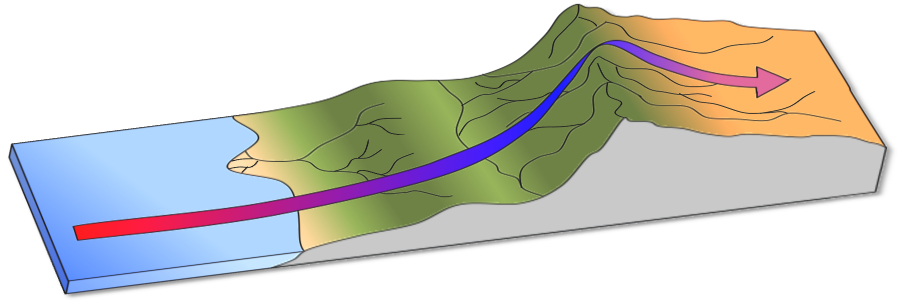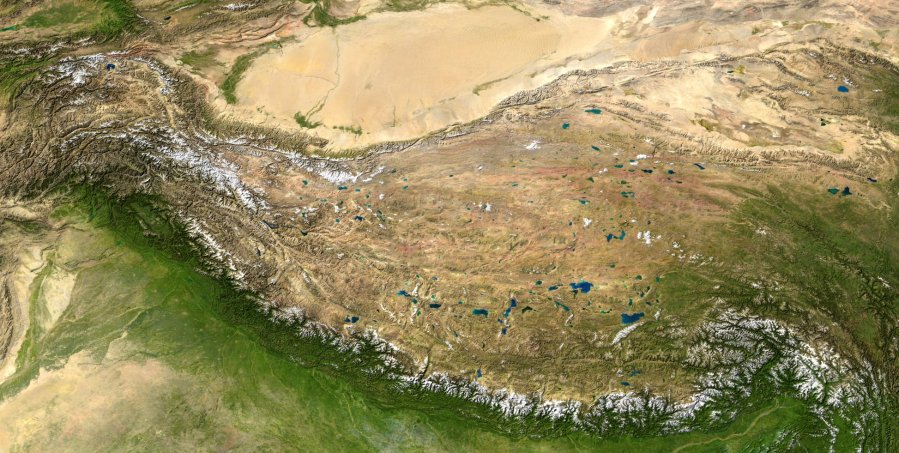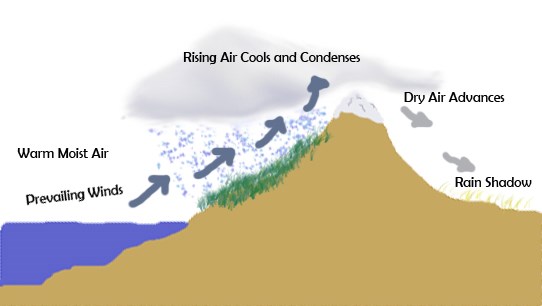


Photo Credit: U.S National Park Service
In Central Pa we have a weather phenomenon know as the rain shadow effect that often occurs because we have the Appalachian mountains that run through our region. Most of the time but not all the time our rain comes from the west and moves east. This is when we see the rain shadow effect occur. The leeward (eastern) side of the mountain receives less rain than the windward (western) side of the mountain and here is the reason why.
The air is forced up the windward side of the mountain. As the air is forced up the mountain it cools and condenses. This leads to more rain falling on the westward side of the mountain. When the air reaches the other side of the mountain it is forced downward. As the air forces down it warms and dries. This leads to less rain falling on the leeward side of the mountain.
Here is an example…
Picture a sponge full of water (this will represent a cloud) the full sponge will keep most of the water in it until more water is added or it is squeezed. As the sponge is moving over land it comes across a mountain. The sponge can not go through the mountain so it has to go over it. As the sponge rises more water is added to it because the air cools and condenses. What happens when you add more water to an already full sponge? The sponge can not hold the extra water and it falls to the ground. This represents rain falling over the windward side of the mountain. The sponge has to drop most of the water it has to get over the mountain. Once it is over the mountain and on the leeward side, the sponge is much drier. Now that the sponge is drier it has an easier time holding water. This is why the leeward side of the mountain is drier and doesn’t get a lot of rain.
The rain shadow effect all over the world. The bigger mountain chains like the Cascades and Rockies really play a major role because of how tall they can be. The taller the mountain the greater the influence it has.


